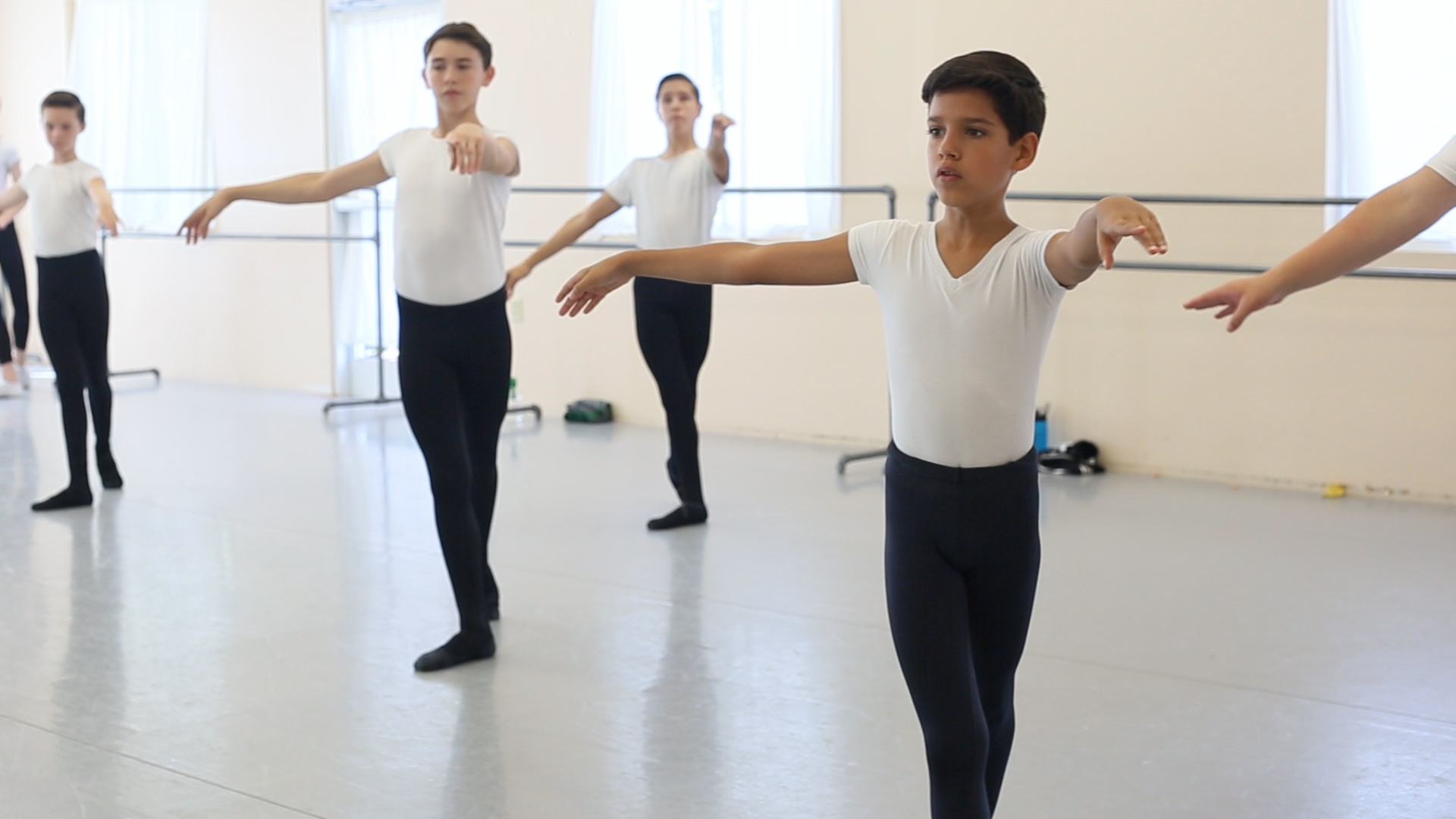When we consider dance, a myriad of types and kinds come to thoughts. From the sleek arcs of ballet to the freestyle moves of latest, every dance has its own flavor, rhythm, and technique. However, ballet often stands out as a foundation upon which many dance forms build. In this text, we'll delve deep into the nuances that distinguish ballet from other dances and also find the threads that weave them collectively.1. Historical Roots and EvolutionBallet?: Originating from the Italian Renaissance courts in the 15th century, ballet was later refined in France and Russia, turning into a extremely technical dance type with its own lexicon of French terms. https://www.onpointballetschool.com/blog : A 20th-century invention, contemporary dance emerged as a response towards the inflexible methods of ballet. https://www.onpointballetschool.com/ borrowed from classical, trendy, and jazz styles, making it a more fluid and freeform dance.2. Techniques and Movementsa. Foundation & Discipline:Ballet: Ballet emphasizes on the “turned out” place the place the dancer turns their toes and legs out from the hip joints. Key moves embody pliés, tendus, and pirouettes.Contemporary Dance: This form is less stringent, encouraging actions which may not adhere to the strict vertical lines and postures of ballet. It's more about individual expression.<img width="327" src="http://mediad.publicbroadcasting.net/p/nhpr/files/styles/x_large/public/201207/ballet girls by Oude School.jpg">b. Use of https://www.onpointballetschool.com/balet-klasik-terkenal & Gravity:<img width="304" src=" ">Ballet: Dancers seem to defy gravity, aiming for an ethereal, floating quality. Movements are extra upright and elevated.Contemporary Dance: Dancers work with gravity, usually involving floor work, falls, and utilizing the burden of the physique to manipulate movements.three. Shoes and AttireBallet?: Ballet dancers put on pointe sneakers that enable them to bop on the ideas of their toes. The apparel normally includes a leotard, tights, and a tutu.Contemporary Dance: Dancers typically perform barefoot or in soft shoes. The apparel is more versatile and might vary from loose-fitting garments to tight-fitting leotards, however with out the restrictive layers of tutus.4. Music & NarrativeBallet?: Ballet usually tells a narrative. Classical ballets like "Swan Lake" or "The Nutcracker" have particular narratives, set to orchestral music.Contemporary Dance: While it can be narrative, it often veers in direction of themes and feelings quite than clear stories. The music can range from classical to digital, permitting extra musical freedom.5. Training and FlexibilityBallet?: Ballet coaching is rigorous, specializing in building energy, endurance, and suppleness. It calls for plenty of dedication from an early age.Contemporary Dance: While it also requires strength and suppleness, modern dance coaching is usually seen as extra forgiving and adaptable to different physique varieties and ages.6. Similarities: Where Ballet and Contemporary Dance Meeta. Emotional Expression: Both varieties prioritize conveying emotions, whether it’s the dramatic love story in a ballet or the abstract theme of a up to date piece.<img width="400" src="http://www.thetimes.co.uk/imageserver/image/methode%2Fsundaytimes%2Fprod%2Fweb%2Fbin%2F4d925b8e-5da8-11e8-944f-627fac6f8256.jpg?crop=3598%2C2024%2C0%2C0">b. Physical Rigor: Both require excessive ranges of physical health, energy, and stamina.c. Influence: Contemporary dance has been influenced by ballet and infrequently integrates ballet techniques. Conversely, many fashionable ballets incorporate modern actions, showcasing the interconnectedness of those dance types.In ConclusionBallet? and up to date dance, while distinct in methods, attire, and narratives, share the foundational purpose of expressing stories and emotions by way of the artwork of movement. They characterize two ends of a spectrum ? one upholding tradition and self-discipline, and the other pushing boundaries and embracing fluidity. Understanding these differences and similarities enriches our appreciation of dance and reminds us that, in essence, dance is a common language, with each type being a unique dialect..
">Ballet: Dancers seem to defy gravity, aiming for an ethereal, floating quality. Movements are extra upright and elevated.Contemporary Dance: Dancers work with gravity, usually involving floor work, falls, and utilizing the burden of the physique to manipulate movements.three. Shoes and AttireBallet?: Ballet dancers put on pointe sneakers that enable them to bop on the ideas of their toes. The apparel normally includes a leotard, tights, and a tutu.Contemporary Dance: Dancers typically perform barefoot or in soft shoes. The apparel is more versatile and might vary from loose-fitting garments to tight-fitting leotards, however with out the restrictive layers of tutus.4. Music & NarrativeBallet?: Ballet usually tells a narrative. Classical ballets like "Swan Lake" or "The Nutcracker" have particular narratives, set to orchestral music.Contemporary Dance: While it can be narrative, it often veers in direction of themes and feelings quite than clear stories. The music can range from classical to digital, permitting extra musical freedom.5. Training and FlexibilityBallet?: Ballet coaching is rigorous, specializing in building energy, endurance, and suppleness. It calls for plenty of dedication from an early age.Contemporary Dance: While it also requires strength and suppleness, modern dance coaching is usually seen as extra forgiving and adaptable to different physique varieties and ages.6. Similarities: Where Ballet and Contemporary Dance Meeta. Emotional Expression: Both varieties prioritize conveying emotions, whether it’s the dramatic love story in a ballet or the abstract theme of a up to date piece.<img width="400" src="http://www.thetimes.co.uk/imageserver/image/methode%2Fsundaytimes%2Fprod%2Fweb%2Fbin%2F4d925b8e-5da8-11e8-944f-627fac6f8256.jpg?crop=3598%2C2024%2C0%2C0">b. Physical Rigor: Both require excessive ranges of physical health, energy, and stamina.c. Influence: Contemporary dance has been influenced by ballet and infrequently integrates ballet techniques. Conversely, many fashionable ballets incorporate modern actions, showcasing the interconnectedness of those dance types.In ConclusionBallet? and up to date dance, while distinct in methods, attire, and narratives, share the foundational purpose of expressing stories and emotions by way of the artwork of movement. They characterize two ends of a spectrum ? one upholding tradition and self-discipline, and the other pushing boundaries and embracing fluidity. Understanding these differences and similarities enriches our appreciation of dance and reminds us that, in essence, dance is a common language, with each type being a unique dialect..
![[PukiWiki] [PukiWiki]](image/pukiwiki.png)